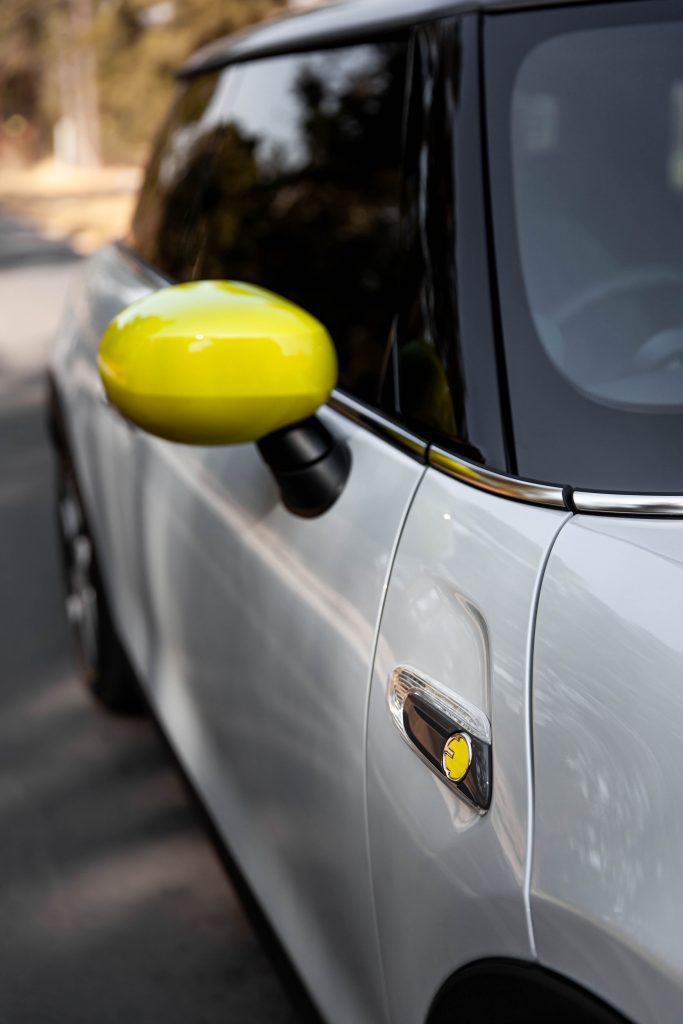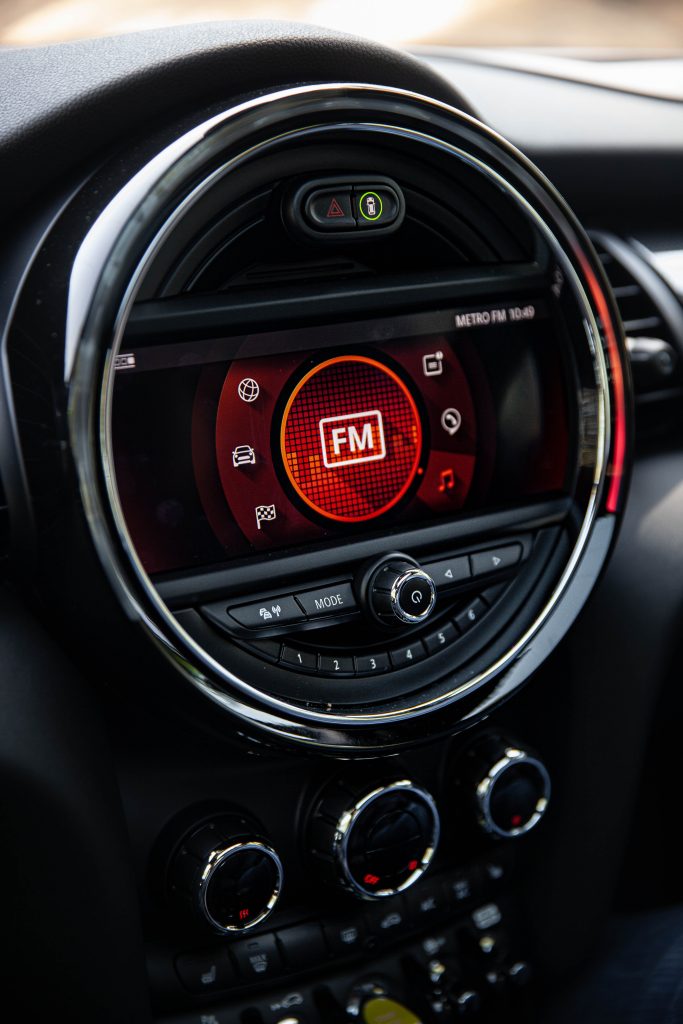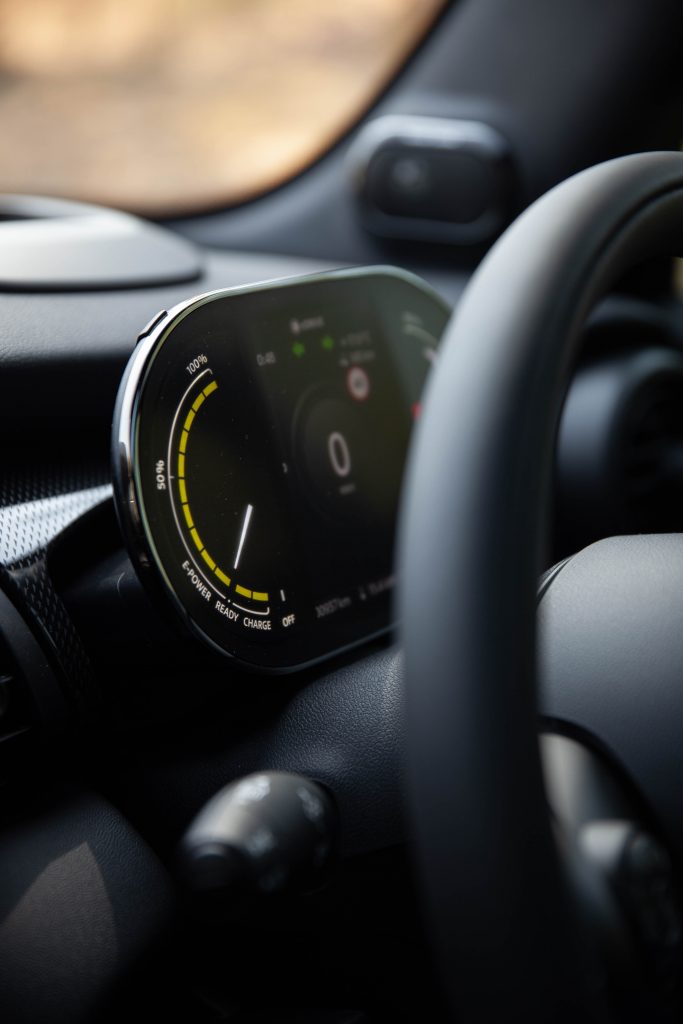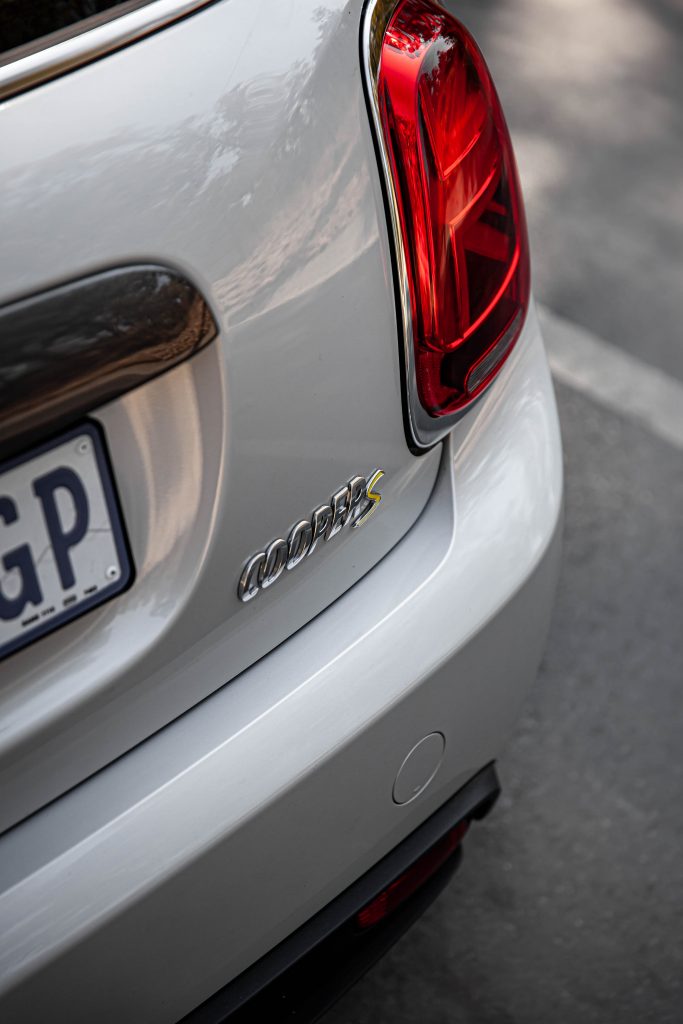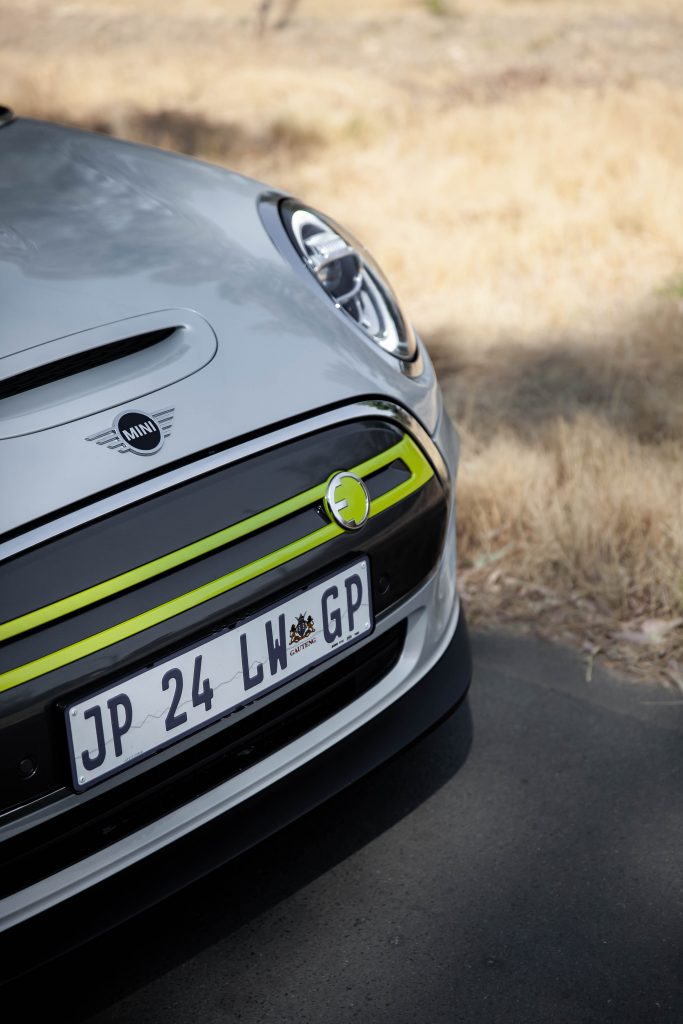BMW has finally introduced the first all-electric MINI on African soil, though the 2020 MINI Cooper SE may not be the EV you were hoping for. The distinctive Cooper SE promises punchy performance from its 135kW front-wheel drive power train, but range is rather underwhelming.
We recently got a First Impressions drive on the MINI Cooper SE ahead of its official introduction in the country. See our first drive video below (excuse the chuckles).
Along with the 135 kW of power you get 270 Nm of torque. 0-100 km/h comes in 7.3 seconds, BMW says in its official docs.
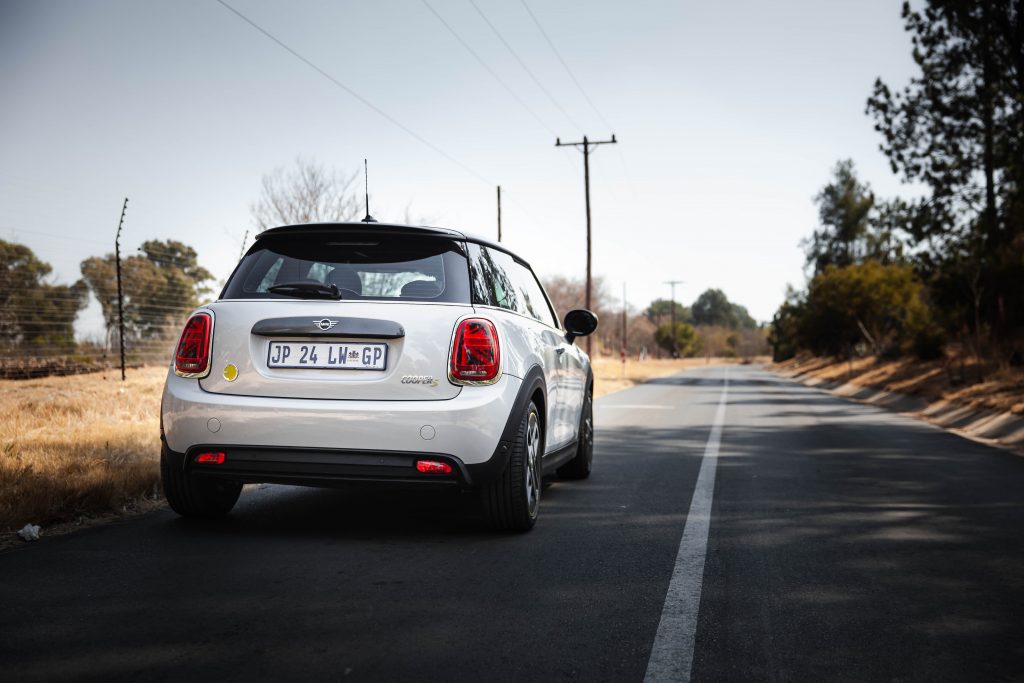
They’re hardly inspiring numbers. A 400PS Jaguar I-PACE accelerates from 0–100 km/h in 4,8 seconds, for example. One would think that things were only likely to get less impressive as the Mini arrives here, too, but fortunately its not been the case.
BMW is clearly counting on MINI fans driving sales. The Cooper SE is based on the 3-door model, with its electric motor under the bonnet and the 32.6 kWh battery being a T-shaped block under the floor. That means a lower centre of gravity than the petrol version of the car, but also no reduction in boot space. Still, it’s heavier than a Mini Cooper S 2-door hardtop.
Outside, the charge port is above the right-hand rear wheel, and gets a door with an embossed MINI Electric logo. Yellow highlights are on the tailgate and front radiator grille, along with the side indicators. The front grille itself is closed off, and is flanked with LED headlamps. Optional 17-inch aerodynamic wheels have an asymmetrical design, while the standard wheels come in at 16-inches.
Inside, meanwhile, there’s a controller to switch between four drive modes. Sport tightens up the steering and makes the electric drive more eager than the standard MID mode; GREEN and GREEN+ modes focus on efficiency. In GREEN+ mode, for example, aircon and seat heating are either limited or deactivated to save power. There’s also a separate control to switch the regenerative braking between intense and low levels, to adjust how rapidly the Cooper SE slows when you lift off the accelerator.
The instrumentation uses a 5.5-inch colour display, and there are custom graphics and navigation as standard; the latter can show potential range based on the current battery level. Level 2 7.4 kWh charging is supported, as is up to 50 kW on a DC fast charging station. With the fast charging station, a 35 minute charge is good for 80-percent of the battery.
MINI – and BMW more broadly – has been promising an electric version of its urban favorite for some time now, though the Mini Cooper SE doesn’t stray too far from what we’ve seen before in BMW’s stable. Its specifications aren’t all that different to the BMW i3, for example: that pretty much matches the new MINI EV for speed and range.
That may not be enough, when you consider how fierce the small EV space is getting. BMW is retailing the 2020 MINI Cooper SE at around R642 000 with a healthy level of standard equipment, but it’ll take more than brand to lift the car out of the growing segment – range anxiety is a real thing.
You might also like
More from Cars
Everything You Need To Know About The 2025 Renault Triber
Since launching in the South African market back in 202, the Renault Triber has carved out a loyal following thanks …
Navigating Financial Storms: How to Protect Your Credit Score When Times Get Tough
Worried about a loan default? A missed payment can damage your credit score for years. Learn proactive steps to protect …
The Hidden Truth About Car Ownership in South Africa
Beyond the monthly payment: uncovering the hidden expenses that catch car buyers off guard. Imagine this: You Walk into a dealership, …

